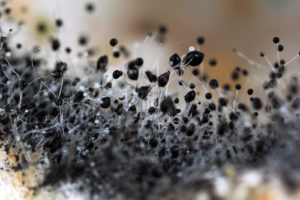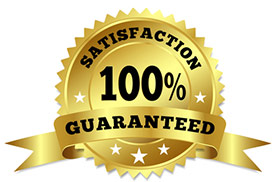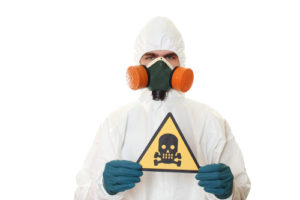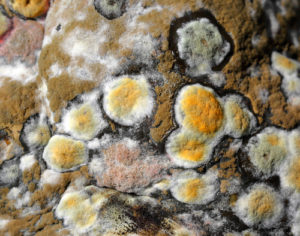Crawl Spaces – the Hidden Space Mold Loves

Mold Spores Found in a Crawl Space
Crawl spaces turn into mold incubators whenever spores are present and the relative humidity goes above 50%. Mold does not need much warmth or sunlight to grow.
Give it some water and food — any kind of wood or paper serves as food for mold — and suddenly you’ll have a mold infestation on and around the building’s structure, and spreading fast.
Moisture enters crawl spaces in several ways:
- Plumbing leaks
- Crawl space vents allow moist air in
- Moisture evaporates from the ground below and gets trapped
- Rainwater drainage problems cause pooled water
If you think you have mold under your building, get a free inspection for NYC mold remediation so you know. As the EPA points out, toxic mold can be any color (not just black) and can cause health problems even when dead or inactive.
How to Remediate Mold in a Crawl Space
For starters, find the water source first. Major problems like plumbing leaks should be repaired to stifle the mold growth conditions.
Once a leak or standing water issue has been fixed, you’ll still need an NYC mold remediation service to assess conditions and prevent mold. Relative humidity tends to be higher in a cool crawl space, so mold spores can regrow with only a small amount of moisture present.
Fortunately, it’s now possible to treat crawl space mold without needing to rip out everything and rebuild. Stern Mold uses bio remedial mold treatment consisting of antimicrobials and a polymer seal that ensure mold colonies are destroyed and prevented from coming back.
Our NYC mold remediation service comes with a guarantee. Call 888-887-8376 or contact us online for a free inspection and quote.



